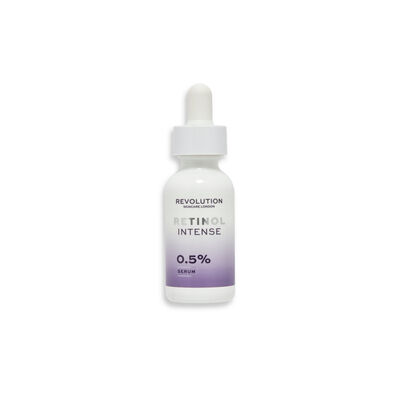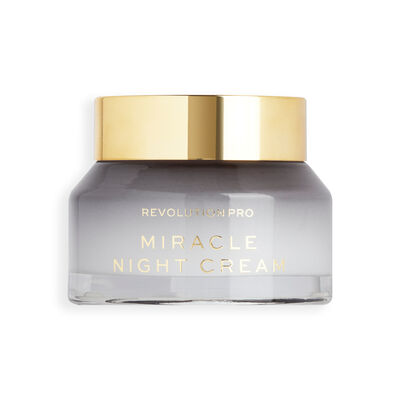What Skincare Ingredients should you not layer together
Navigating the world of skincare can be complex, especially when it comes to combining different ingredients. Whether you're a skincare enthusiast or just refining your routine, understanding which ingredients work well together and which ones clash is crucial for achieving radiant, healthy-looking skin. Here's your ultimate guide to smart skincare combinations.
SHOP ALL SKINCARE
Skincare Combinations You Should Avoid
With skincare actives present in nearly every step of your routine, from cleanser to moisturiser, it's vital to know which ingredients might undermine the effectiveness of others. This guide by REVOLUTION SKIN is here to help you make informed decisions for a glowing complexion.
Skincare Ingredient Checker:
Expert Tip: Many popular skincare ingredients increase sun sensitivity. Always round off your morning routine with an SPF to protect your skin!
Retinol: The Skin-Transforming Hero
We’ll start with one of cosmetic scientists’ fave skincare ingredient: Retinol. The only catch is that if used incorrectly, it can lead to skin irritation.
The benefits of Retinol (when used correctly) include:
- Targets acne
- Improves the appearance of fine lines and wrinkles
- Reduces hyperpigmentation
- Smooths uneven texture
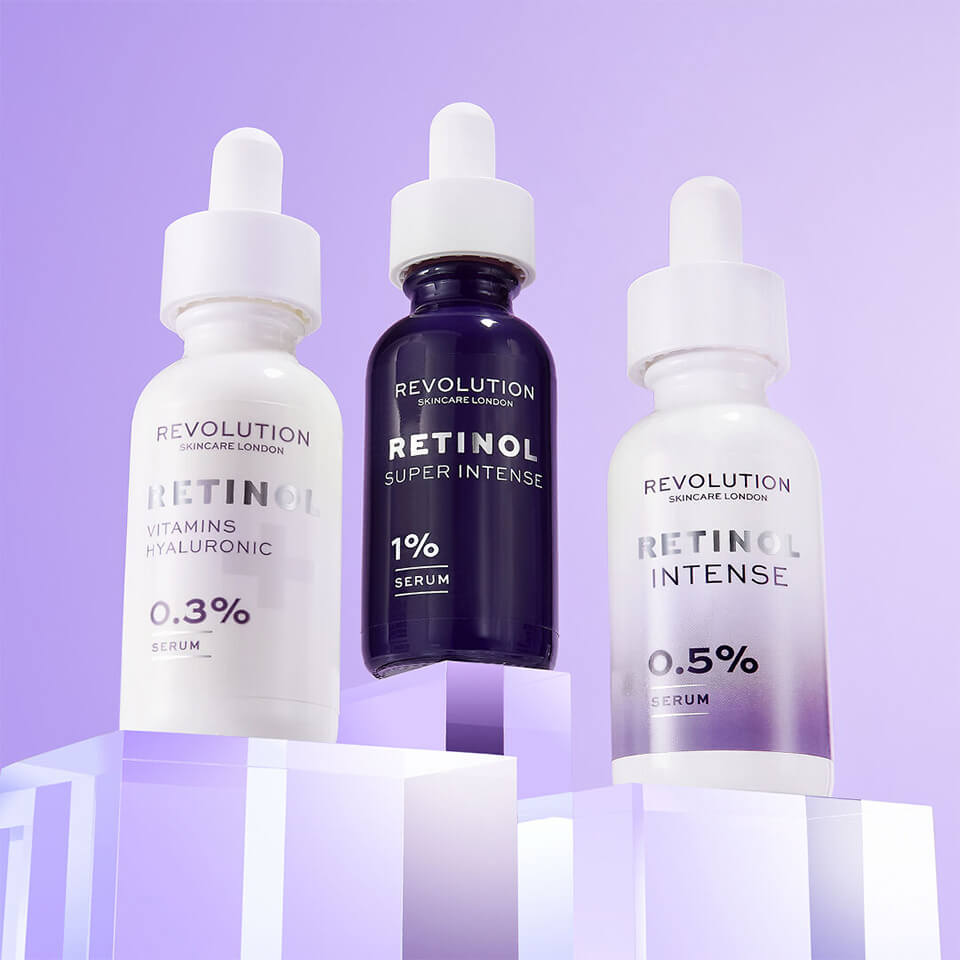
What can you mix with Retinol?
Hyaluronic Acid: Complements Retinol by hydrating the skin, countering the dryness caused by Retinol.
What not to mix with Retinol
Vitamin C: Use at different times of the day as Vitamin C protects during the day and Retinol repairs at night.
AHAs/BHAs: Avoid combining with these drying acids to prevent skin irritation.
Our Retinol Heroes:
SHOP RETINOL SKINCARE
Vitamin C: Your Morning Skincare Boost
There’s never a dull moment wit Vitamin C around. As mentioned, due to its protective properties, Vitamin C is a great addition to your morning skincare routine.
Other benefits of Vitamin C in skincare include:
- Boosts radiance
- Stimulates collagen and elastin for plump, youthful looking skin
- Evens out skin tone
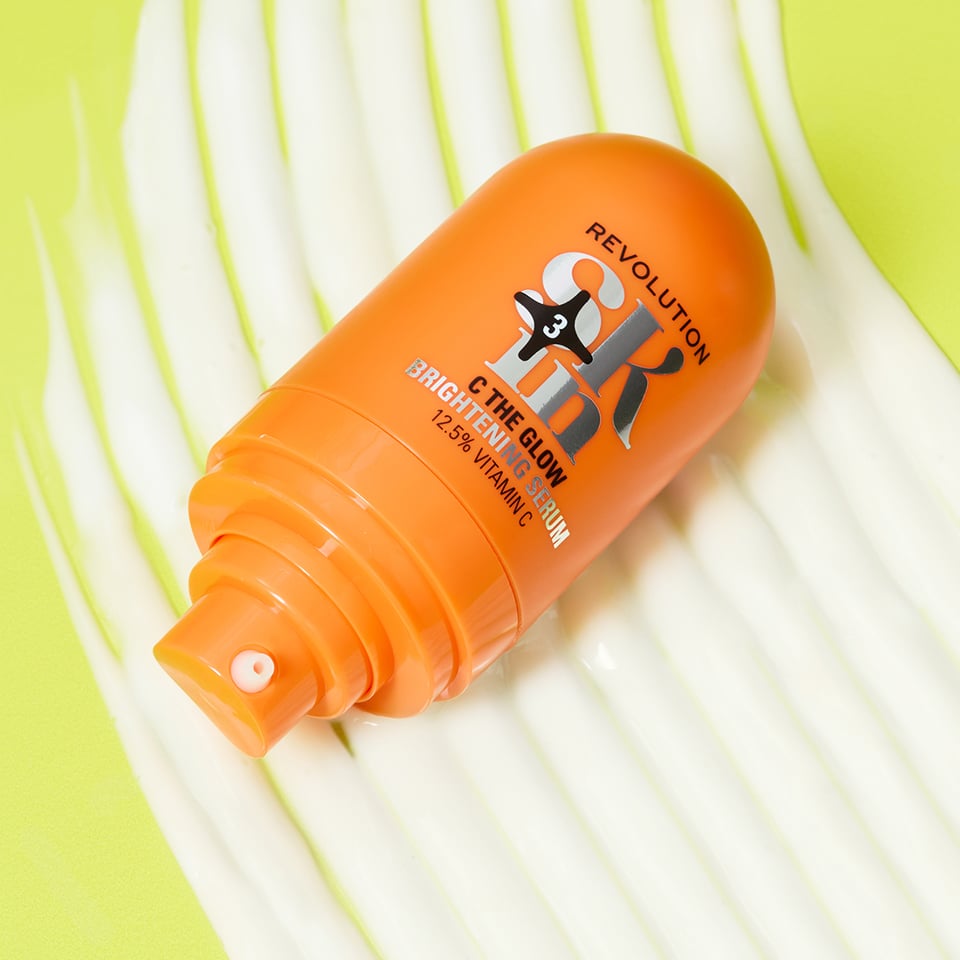
What can you mix with Vitamin C?
Hyaluronic Acid: The perfect combination for those with dull, dry skin. Hyaluronic Acid helps boost skin’s moisture levels with an ability to hold up to 1000x its own weight in water! It’s more than safe to use alongside Vitamin C in your routine.
What not to mix with Vitamin C
AHAs/BHAs Their combined acidity can dehydrate and irritate the skin.
Retinol: Can cause sensitivity; separate their use between morning and night.
Niacinamide?Though debated, contemporary formulations often allow these to be used together safely.
Shop Our Vitamin C Heroes:
- Revolution Skin C The Glow Brightening Serum
- Revolution Skin Brighten Up Brightening Serum
- Revolution Skin Lustre Lights Brightening Moisturiser
SHOP VITAMIN C SKINCARE
Niacinamide: The Versatile Must-Have
Niacinamide (Vitamin B3) is a popular skincare ingredient that’s renowned for its pore-refining properties.
Other reasons to use Niacinamide include:
- Helps to reduce breakouts
- Balances sebum (oil)
- Reduces the appearance of pores
- Calms redness and hyperpigmentation
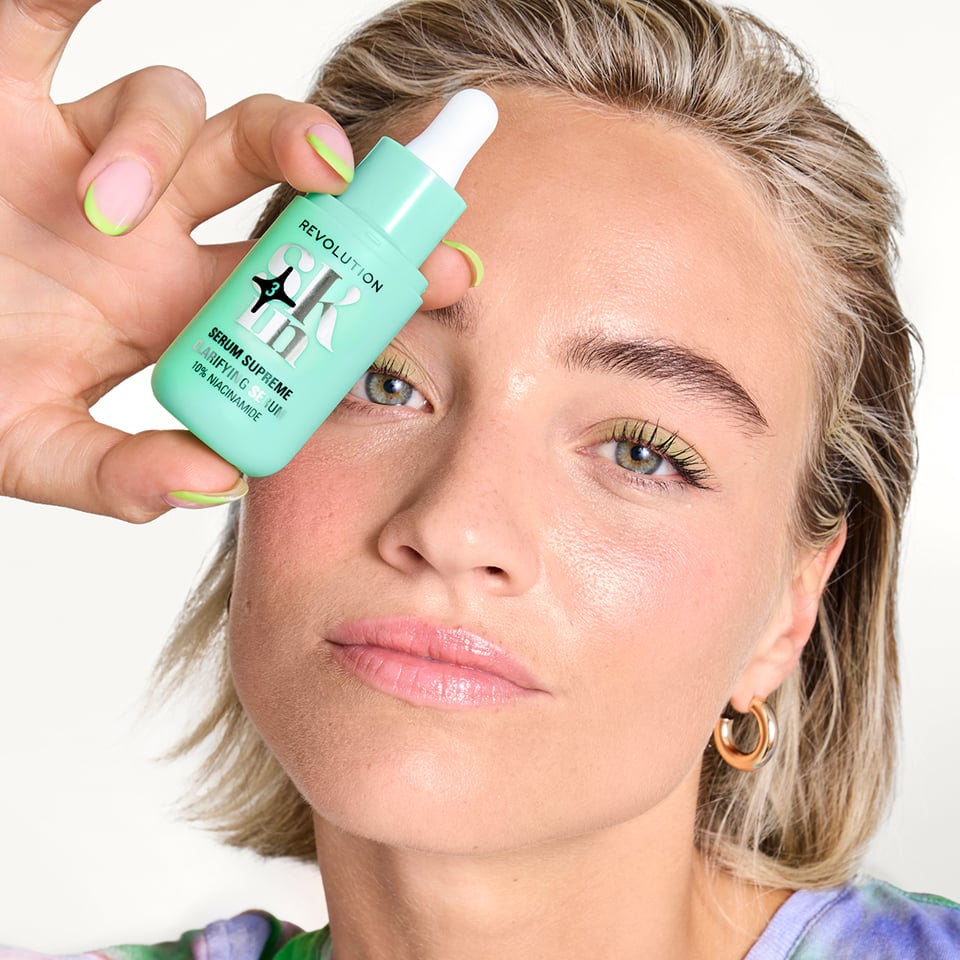
What can you mix with Niacinamide?
(Almost) Everything: Niacinamide is an anti-inflammatory, meaning it’s rare for skin to become irritated by using it. This also means that it can fit seamlessly into a routine that contains other skincare ingredients.
What not to mix with Niacinamide
Vitamin C: As mentioned above, there is still much debate around using Vitamin C and Niacinamide together. If you’re unsure about the effects of mixing these popular skincare ingredients, we recommend using Vitamin C in the morning and Niacinamide at night.
Our Niacinamide Heroes:
- Revolution Skin Serum Supreme Clarifying Serum
- Revolution Skin Clear Canvas Clarifying Serum
- Revolution Skin Cloud Clear Clarifying Moisturiser
SHOP NIACINAMIDE SKINCARE
Hyaluronic Acid: The Hydration Hero
Hyaluronic Acid is often heralded as the saviour of dry skin. As a humectant, Hyaluronic Acid is a skincare ingredient with hygroscopic or “water-loving” properties – perfect for rehydrating the skin!
Benefits of Hyaluronic Acid:
- Hydrates
- Smooths skin
- Prevents tightness
- Boosts elasticity
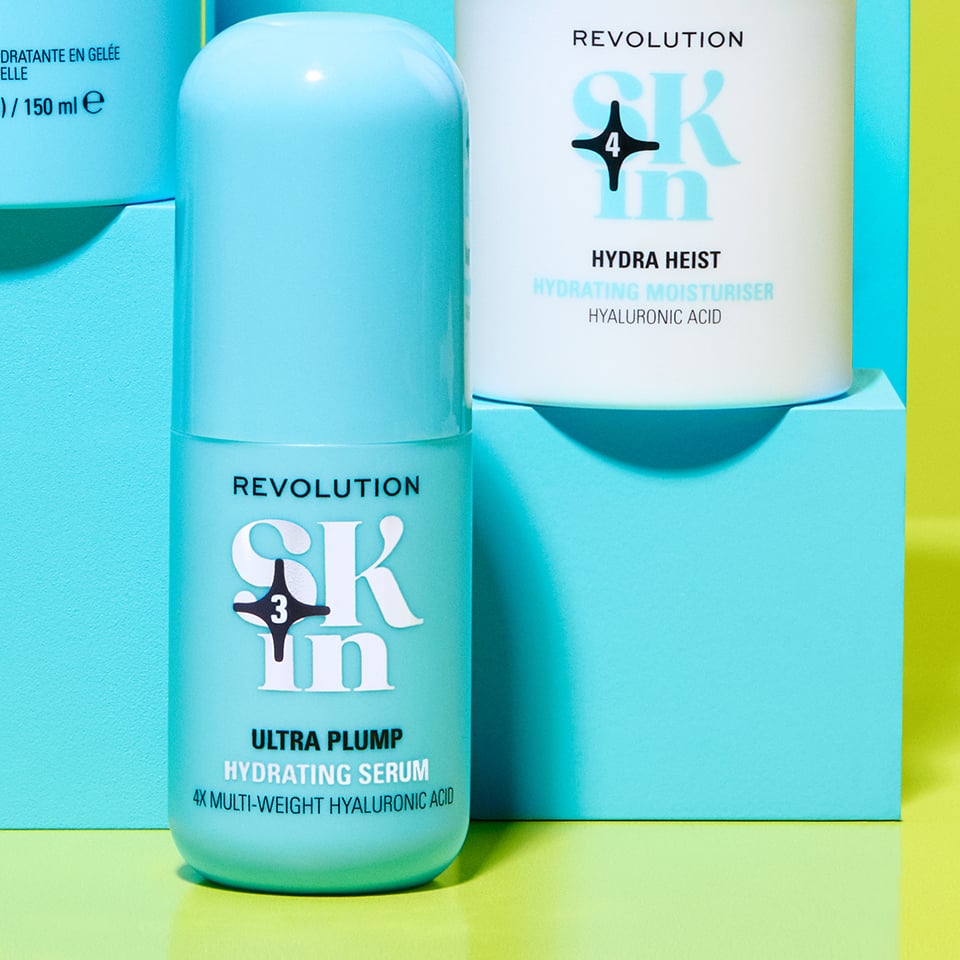
What can you mix with Hyaluronic Acid?
Everything: Hyaluronic Acid is super easy to include in your skincare routine. Since it’s a hydrating ingredient, it works in harmony with other actives such as Retinol and AHA/BHAs that can dry out the skin.
Whether you include it within your cleansing routine or finish up with an enriched moisturiser, Hyaluronic Acid is a versatile addition to any skincare routine, particularly if you struggle with dryness or sensitivity.
Our Hyaluronic Acid Heroes:
- Revolution Skin Dewy Drench Hydrating Serum
- Revolution Skin Ultra Plump Hydrating Serum
- Revolution Skin Hydra Heist Hydrating Moisturiser
SHOP HYALURONIC ACID SKINCARE
Salicylic Acid
Known for its blemish-busting power,Salicylic Acid is a BHA that penetrates deep into your pores to exfoliate both the skin’s surface and its deeper layers.
Using Salicylic Acid as a key skincare ingredient in your routine can also:
- Calm angry breakouts
- Reduces redness and hyperpigmentation
- Smooths uneven skin

What can you mix with Salicylic Acid?
Niacinamide: With Salicylic Acid working as an exfoliant, it can leave the skin feeling dry. Niacinamide, like Hyaluronic Acid, contains humectant properties, meaning it helps lock water into the skin’s surface, replenishing some of that lost moisture.
Hyaluronic Acid: Similarly, we know that Hyaluronic Acid works wonders on dry skin, so combining it with Salicylic Acid, you get the deep pore cleansing action without the risk of drying out the skin.
What not to mix with Salicylic Acid
Retinol: As Retinol and Salicylic Acid are both exfoliating, drying skincare ingredients, using both together in the same routine could lead to serious irritation.
Glycolic Acid: Similarly, as an AHA, Glycolic Acid helps exfoliate the top layer of the skin, which is too intense when used alongside Salicylic Acid.
Vitamin C: Vitamin C is also acidic, and too many acids in your skincare routine can lead to redness and further irritation. If you want to use both Salicylic Acid and Vitamin C in your routine, you’re better off using them in alternate regimes.
Our Salicylic Acid Heroes:
SHOP SALICYCLIC ACID SKINCARE
Glycolic Acid: The Glow-Booster
Glycolic Acid is an exfoliant that many of us swear by. It penetrates the top layer of skin to help remove dead skin cells, helping to reveal bright, beautiful skin underneath.
Benefits of Glycolic Acid in your skincare routine include:
- Helps smooth wrinkles and fine lines
- Unclogs pores
- Suitable for all skin types
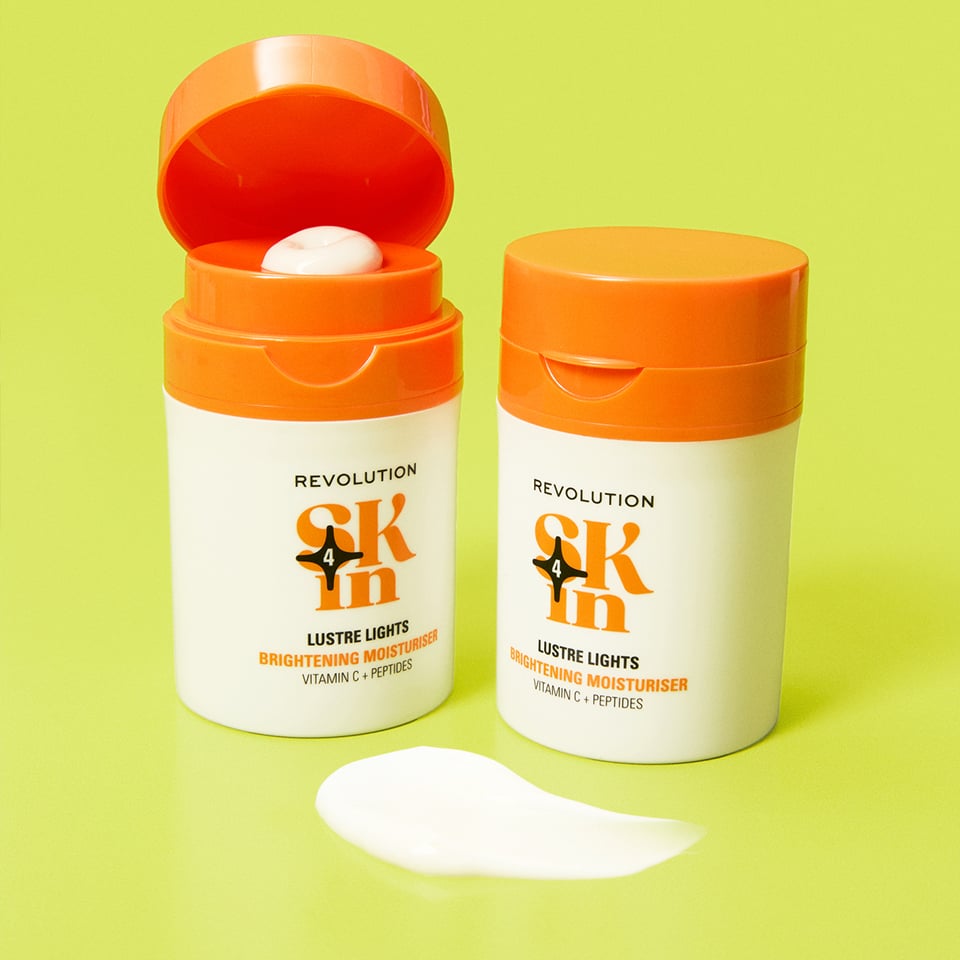
What can you mix with Glycolic Acid?
Hyaluronic Acid: Glycolic Acid and Hyaluronic Acid work together harmoniously to unclog pores, rebalance sebum and promote collagen production, without leaving the skin feeling dry and depleted. The perfect duo for those with combination skin!
What NOT to mix with Glycolic Acid
Retinol, other AHAs/BHAs, Vitamin C: Using these ingredients alongside Glycolic Acid in the same routine could irritate the skin. However, alternating them between your morning and evening skincare routine means that you can enjoy the benefits without the risk of damaging your skin.
Niacinamide:While you can technically use Niacinamide and Glycolic Acid together, you may not need to. They provide very similar benefits to the skin and layering both in the same routine won’t necessarily speed up the effects. Again, if you want to try both ingredients, use them at different times of the day.
Our Glycolic Acid Heroes:
SHOP GLYCOLIC ACID SKINCARE
SHOP ALL SKINCARE




